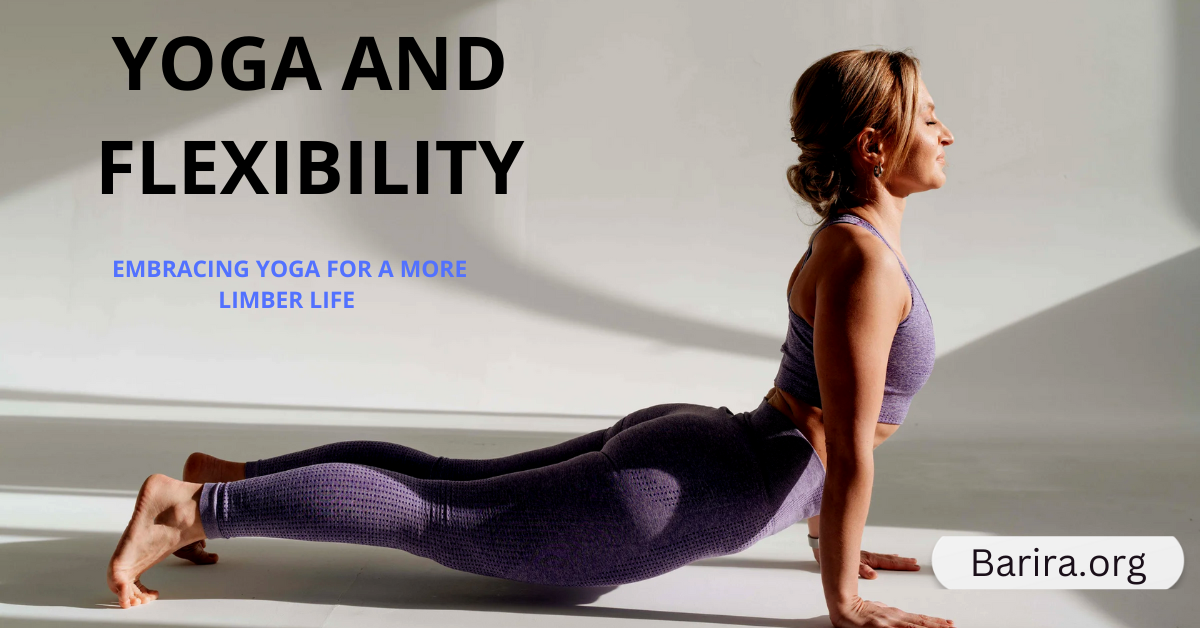Introduction
Have you ever watched a yoga practitioner move with the grace of a flowing river and wondered how they achieve such incredible flexibility? Yoga, an ancient practice rooted in over 5,000 years of history, is not just about holding poses; it’s a transformative journey towards enhanced flexibility, strength, and mental clarity. In this article, we’ll explore how incorporating yoga into your routine can significantly improve your flexibility, discuss specific poses that are particularly effective, and provide tips to maximize your yoga practice for better results.
The Fundamentals of Yoga and Flexibility
Yoga is more than just stretching. It involves a series of postures and breathing techniques that promote physical and mental well-being. Flexibility is one of the most apparent benefits of a regular yoga practice. Here’s why yoga is so effective for enhancing flexibility:
Understanding Muscle Elasticity
- Muscle Tension Release: Yoga poses help in releasing tension in the muscles, making them more pliable.
- Increased Blood Flow: As you stretch, blood flow to the muscles increases, delivering nutrients and oxygen that help in muscle recovery and growth.
The Role of Connective Tissues
Connective tissues, including ligaments and tendons, also play a crucial role in flexibility. Yoga helps in elongating these tissues, thereby increasing your range of motion.
Key Yoga Poses for Enhancing Flexibility
To get you started, here are some yoga poses known for their effectiveness in improving flexibility. Remember, consistency is key, so practice these poses regularly for the best results.
Downward-Facing Dog (Adho Mukha Svanasana)
This pose is a staple in many yoga routines and works to stretch the entire body with a focus on the hamstrings and the lower back.
Pigeon Pose (Eka Pada Rajakapotasana)
Excellent for opening up the hip flexors and increasing flexibility in the lower part of the body. It’s particularly beneficial for those who sit for long periods during the day.
Cobra Pose (Bhujangasana)
A gentle backbend that increases flexibility in the spine and strengthens the back muscles. It also helps in opening the chest and shoulders.
Seated Forward Bend (Paschimottanasana)
This pose stretches the spine, shoulders, and hamstrings. It’s a calming pose that also helps relieve stress.

Tips for Enhancing Flexibility Through Yoga
Maximizing the benefits of yoga for flexibility isn’t just about doing the poses; it’s also about how you approach them.
Consistency is Key
Regular practice is essential. Aim for at least 3-4 sessions per week to see significant improvements in your flexibility.
Warm-Up Properly
Starting with a few minutes of light cardio or dynamic stretches can prepare your muscles and prevent injuries.
Focus on Your Breath
Breathing deeply through the stretches can help you go deeper into the pose. It also helps in muscle relaxation and tension release.
Listen to Your Body
While it’s good to push yourself, it’s crucial to listen to your body and avoid overstretching, which can lead to injuries.
Conclusion
Yoga is a powerful tool for improving flexibility, but it offers much more. It encourages a deeper connection with your body, enhances mental focus, and fosters an overall sense of well-being. Whether you’re a seasoned yogi or a curious beginner, integrating yoga into your life can open the door to a healthier, more flexible you. Remember, the journey of yoga is personal and progressive; embrace it at your own pace and enjoy the path to flexibility and beyond.
“Flexibility does not come from size or shape, but from a consistent commitment to your practice.” – Anonymous
Start your journey today, and stretch your way to not just a more flexible body, but a more resilient life.



